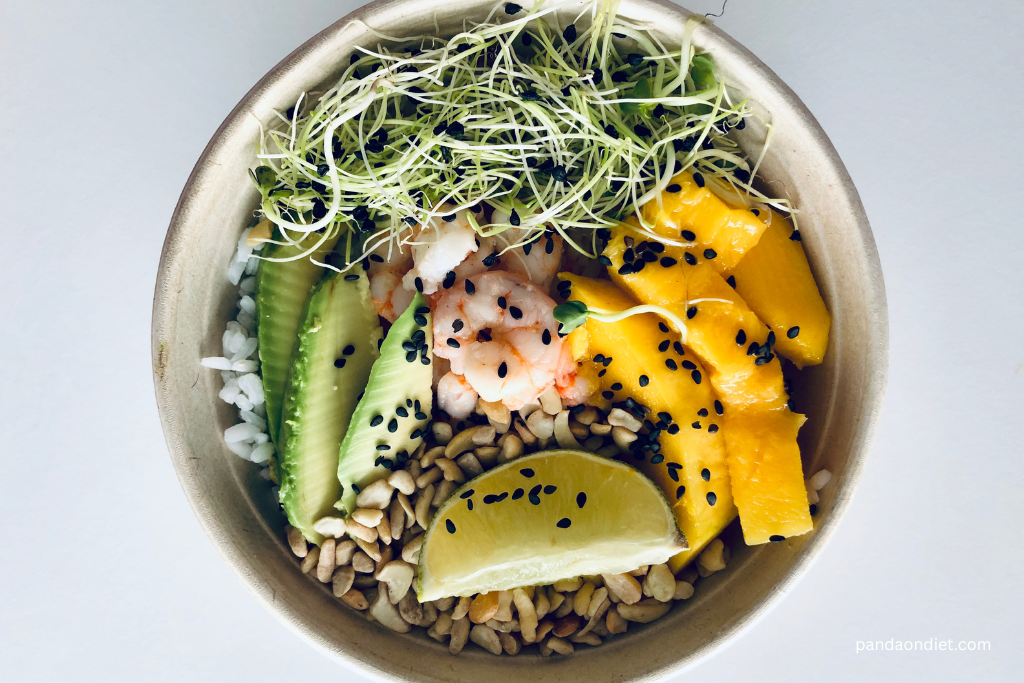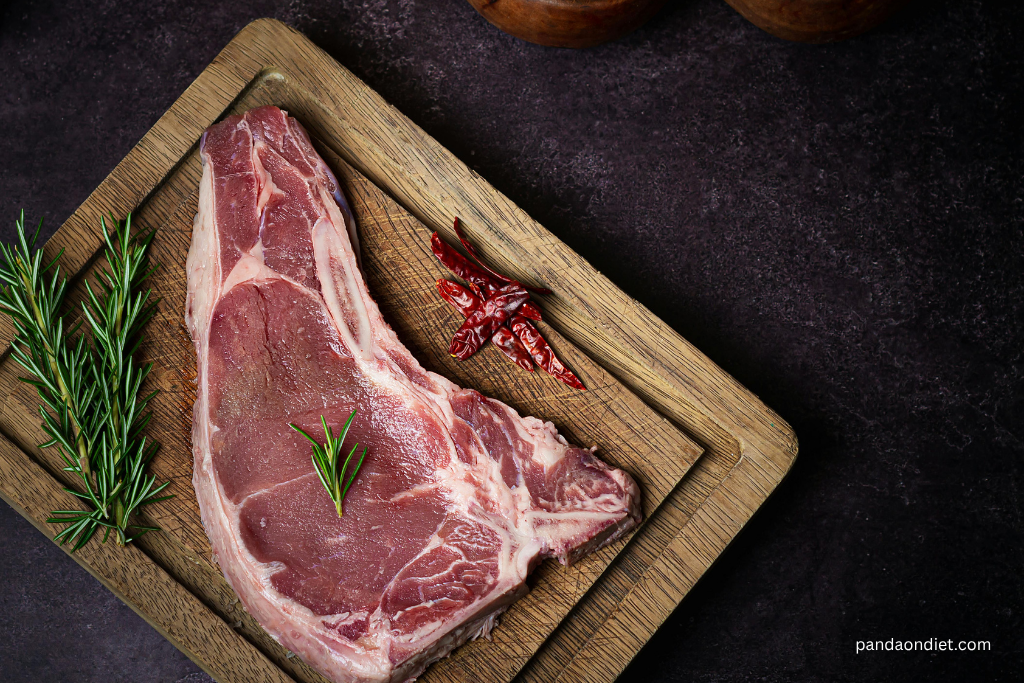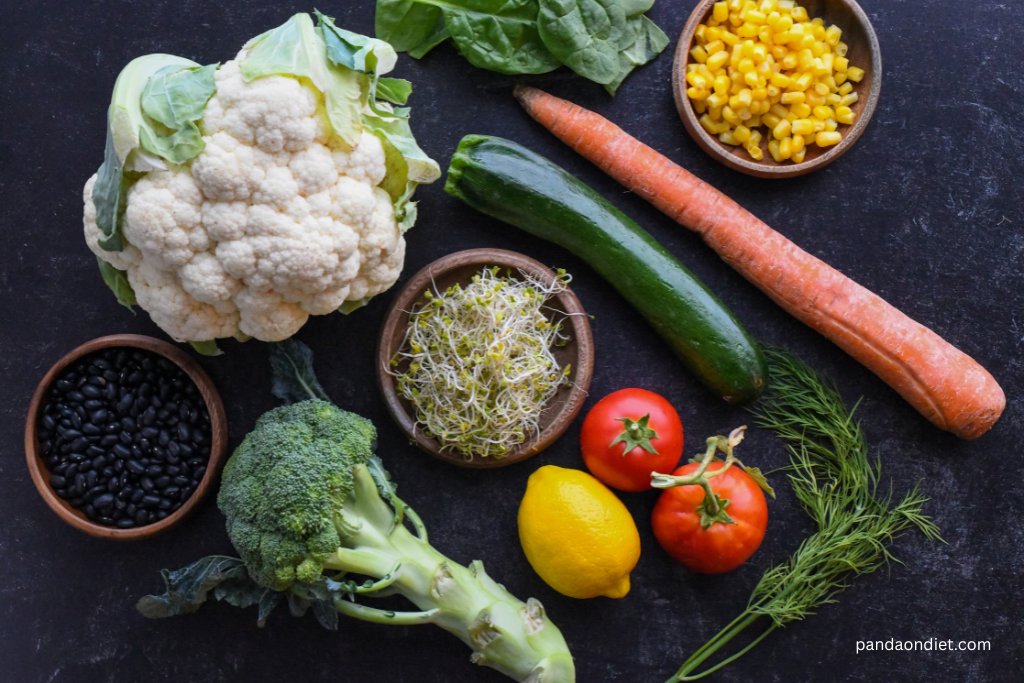Posted inDiet
The FODMAP Diet Simplify Digestive Health, One Meal at a Time
The FODMAP diet is a scientifically-backed eating plan that can help individuals manage digestive symptoms effectively. Designed to reduce the intake of specific fermentable carbohydrates, this diet is commonly recommended…









